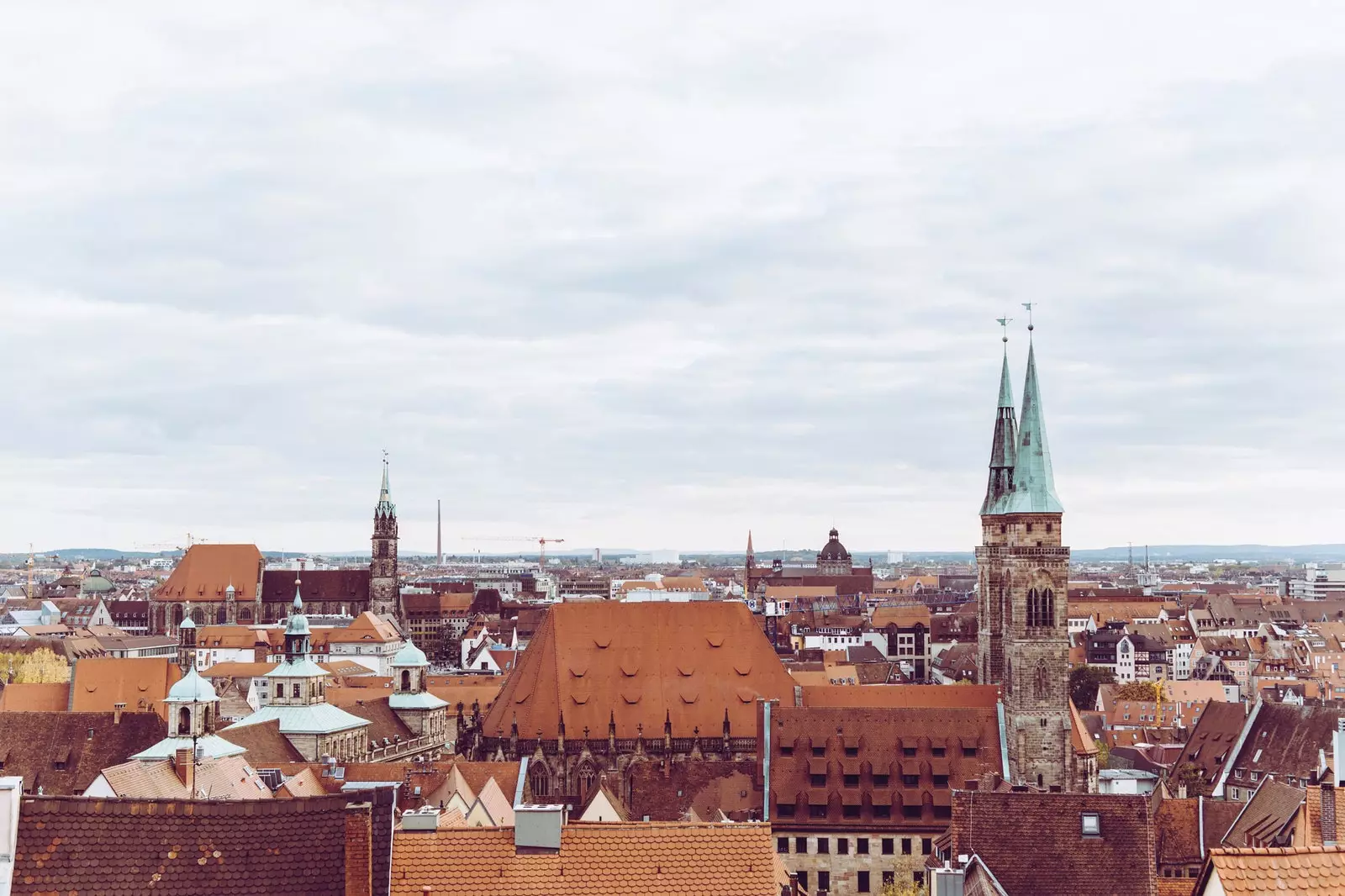
Nuremberg, the second largest city in Bavaria
We want to escape from the topic that leads to talk about Bavaria as that land of fairy tales and cities full of charm. We repeat: we want to flee. But it will be that there is no way.
Because Bavaria, in addition to being the land of Munich's Oktober Fest, the land of dense fir forests and the beloved Neuschwanstein Castle, stands out precisely for that: for having some of the most beautiful cities in all of Germany. And they are all worthy of enormous praise.
So, set to flatter the Bavarian beauties, let's do it by right: with this route that leads us to set foot in three of its greatest jewels. Nuremberg, Bayreuth and Bamberg, located in the Franconia area, are waiting to give us the perfect getaway . Of course, with fairies or without them, we will end up falling at their feet: there will be no remedy.
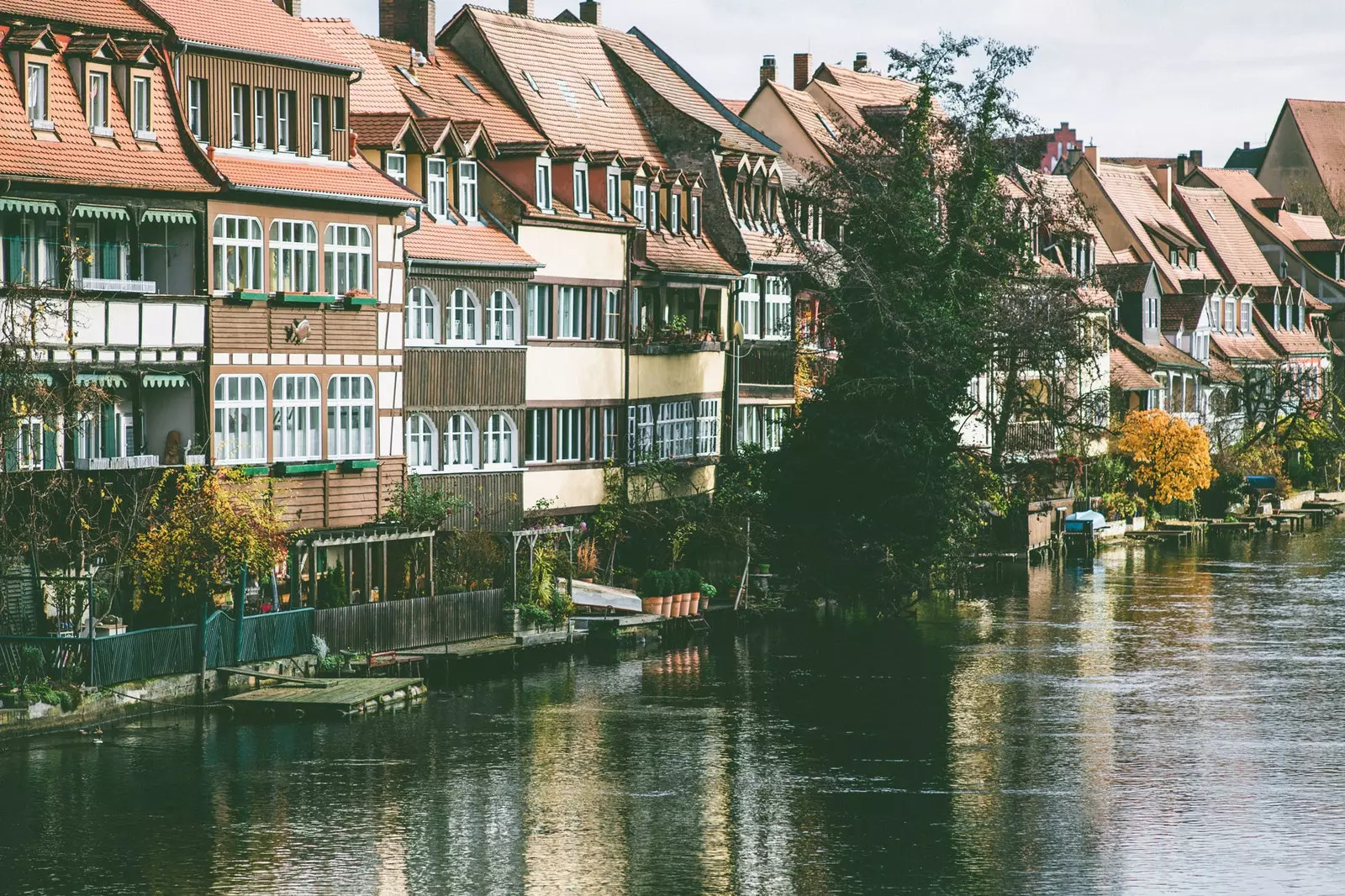
Markusbrucke, Bamberg
NUREMBERG TO START
We choose the second largest city in Bavaria as a starting point. Little needs to be said about this historic city that is not already known, although it will never be too much to insist. Nuremberg is cosmopolitan, full of life and endless nights. The one that dresses up for a party in summer and charming markets in winter. The one that has managed to rise from its ashes stepping stronger than ever.
With its imposing Imperial Castle ruling from the top of the Burgviertel neighborhood, The ideal way to discover it is to pull your legs and launch yourself into the friendly art of strolling through hills and narrow streets in search of its medieval essence.
So yeah, let's walk. And let's do it inside the fortress first, discovering the rooms that for centuries kept the treasures and jewels most coveted by royalty. Not surprisingly, the history of Nuremberg goes back to distant times, when it was, in an undeclared way, the capital of the Holy Roman Empire.
From the top of its Tower of Sin we fell in love with the views of the city. But it is downstairs, at street level, when we confirm that the atmosphere of other times is still breathed in every corner, even despite the fact that much of the city - 90%, no more and no less - was bombed and reduced to rubble during World War II.
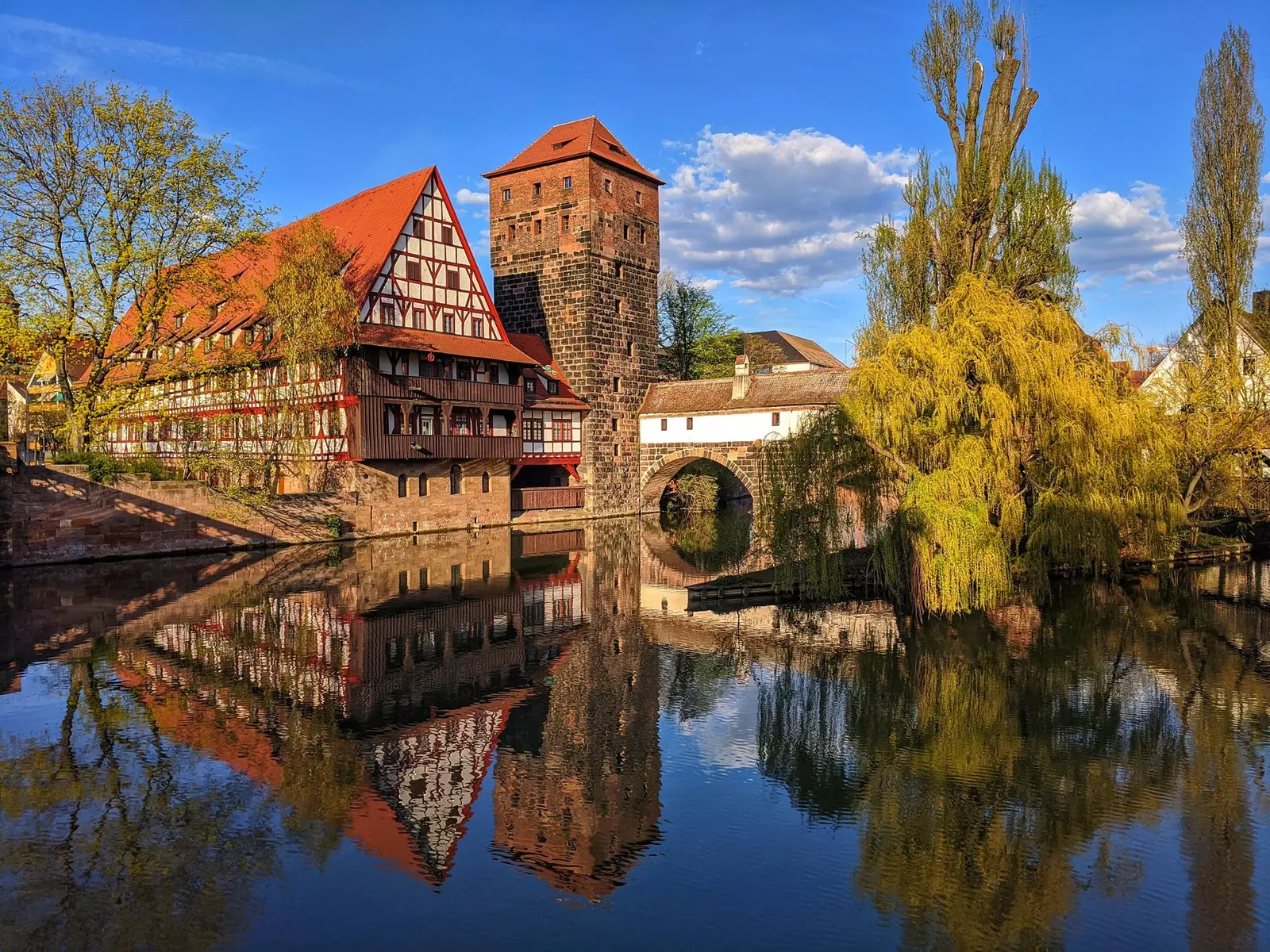
First stop: Nuremberg
The birthplace of one of his prodigal sons, Albrecht Dürer , continues to be open to visitors — eye, which opened its doors to the public in 1870 — and the almost 30 churches in its historic center they open their doors ready to demonstrate that, despite historical vicissitudes, beauty persists.
In Nuremberg you have to eat, and do it well. It doesn't matter if it's with one of the tasty bratwursts from Bratwursthausle, or with the most innovative creative cuisine from Imperial: not only its dishes are pure ingenuity, but also its interior design, which cleverly combines classic details and urban art. **Pay attention, by the way, to the spectacle offered by its open kitchen. **
But in addition to eating, in Nuremberg you can also buy. The most original is found in its most modern neighborhood. GoHo is defined by its innumerable artisan shops, its design boutiques, its art galleries and everything that sounds cool.
In edi m the word eclectic takes on its full meaning: It features works by unique local artists. Anemoi is a tribute to stationery and to everything that sounds like do it yourself.
Before leaving Nuremberg, one last appointment that we cannot miss: the visit to the Palace of the Provincial Court of Nürnberg-Furth, where the historic Nuremberg Trials took place that put a large part of the high command of the Nazi party on the bench. Lesson learned, we set out on the road: great Bavarian surprises await us just 88 kilometers away.
BAYREUTH SOUNDS LIKE WAGNER
We reached this charming city of orange roofs and leafy parks where life runs smoothly. Parents walking their children there, young people walking the dog there, older men walking themselves everywhere... And a handful of good reasons why you should spend at least a couple of days exploring it.
Starting with what everyone talks about when it comes to Bayreuth: here, in this bucolic German corner, is the heart of German opera. And this is closely linked to a name: Wagner.
To understand it, the first thing is to visit the Margrave's Opera House, which they say is the best preserved baroque theater in Europe —declared, of course, a World Heritage Site—.
A unique jewel whose interior is an explosion of artistic details conceived by Giuseppe and Carlo Bibiena, its creators. It was ordered to rise by Wilhelmina of Prussia, daughter of Frederick William of Prussia , who after marrying Federico III turned to art and revolutionized the city based on monuments, theaters, palaces and parks.
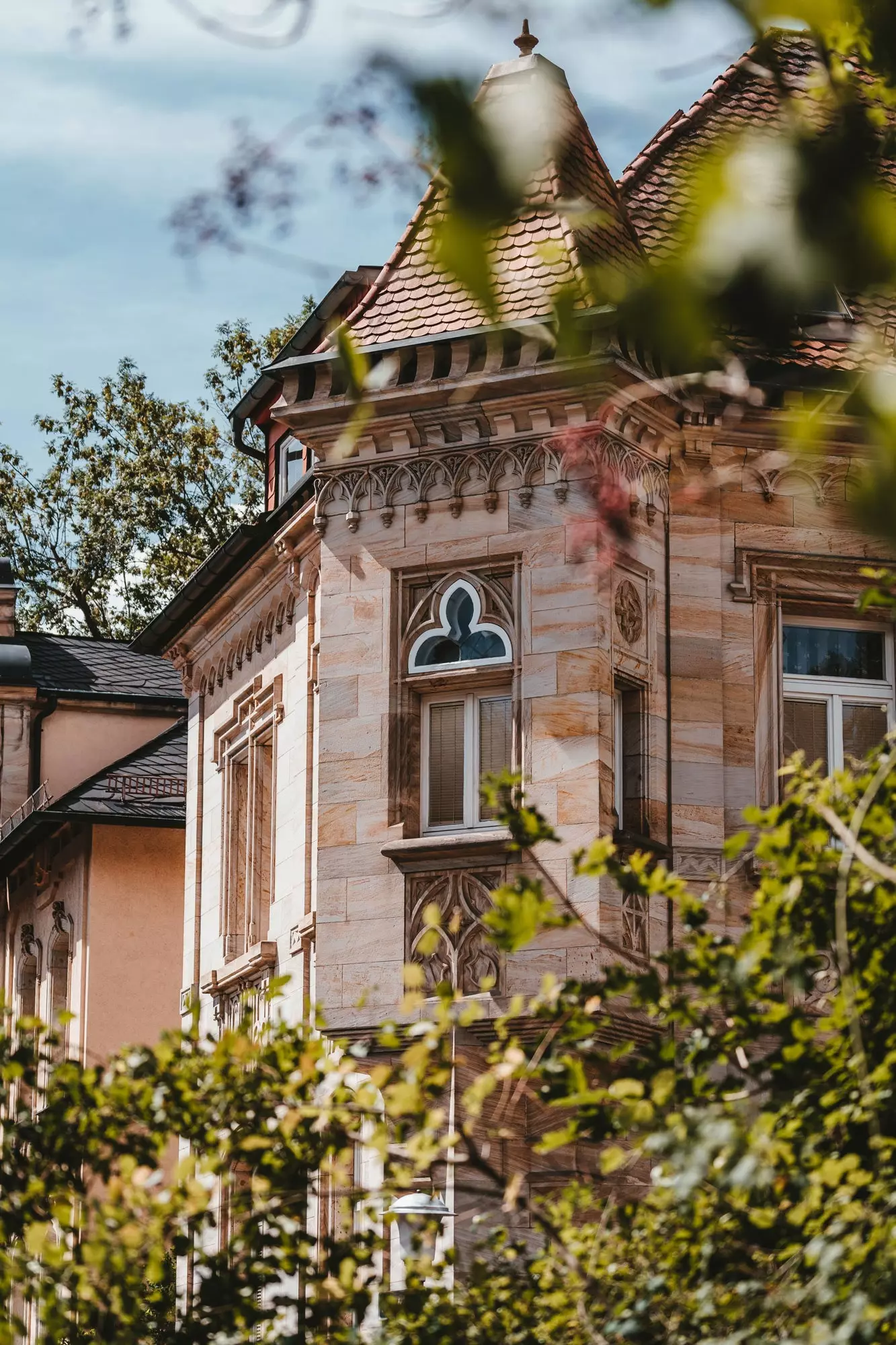
Bayreuth, the heart of German opera
When Wagner set foot in Bayreuth some time later, he was absolutely impressed by the theater , and even thought of performing his operas on it. He finally decided not to do it because of the reduced dimensions of his stage, so he was clear: e n 1872 he built his with the characteristics that he himself wanted, giving austerity all the protagonism.
The most important? Only works composed by him would be performed at the Festpielhaus. In fact, not all of them: three of them were not up to the task. The opera festivals of both theaters revolutionize the city every summer.
Since the Wagner universe is in charge, we plant ourselves in Wahnfried, the majestic mansion that the composer built in the heart of the city with the financing of Luis II himself.
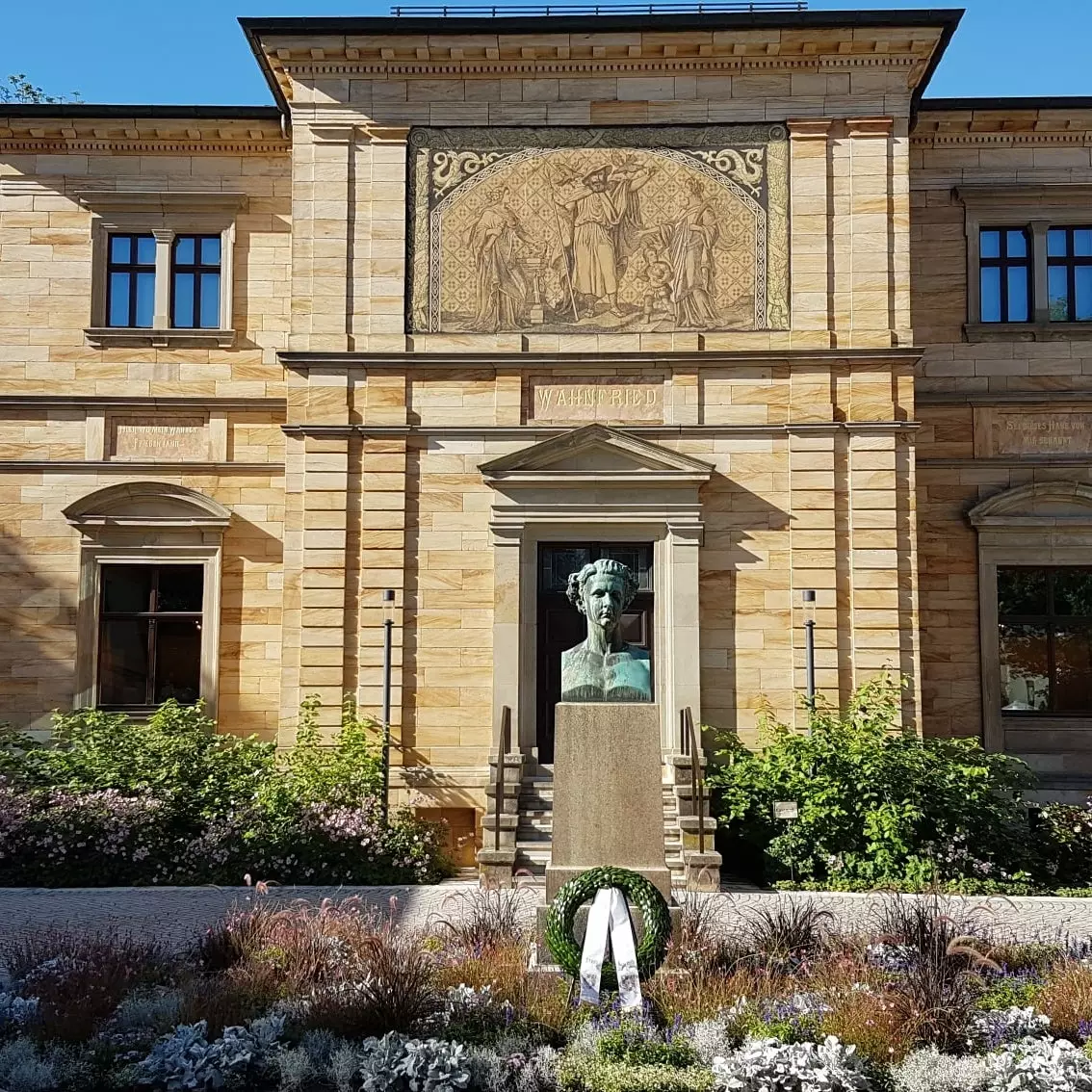
Wahnfried, the mansion that Wagner built for himself in the heart of Bayreuth
"Here where my madness finds peace", prays on its facade , and it is not for less: the proportions of this villa allowed his ingenuity and creativity to fly to infinity and beyond and give birth to some of his most famous compositions.
Visiting the house is like taking a journey through your own life. His grave and Cosima's, by the way, are in the garden and are usually covered with flowers: those placed by those who, even centuries after his death, continue to honor his memory.
But the thing does not end! That Bayreuth is opera, yes, but also beer. So much so, that it has more factories in its territory than any other city in the world: some 200 breweries produce about a thousand different types. Some of them, like Maisel's Beer Adventure World , offer guided tours to discover its secrets. Most also conclude the visit with a tasting that leaves the best taste in the mouth.
Although for a good taste in the mouth, that of the dishes served in the Eule, a restaurant related, of course, to Wagner: the artist used to frequent it, his two salons were baptized with his name and that of his wife Cosima, and even the dishes honor some of his works. The "soup of the Nibelungen" proves it.
Before continuing west to Bamberg, a walk through the alleys of the city takes us to its palace church and its tower, but also to the busy —and pedestrian— Maximiliansplatz, full of little shops and cafes ideal for taking a break. Weekends are organized in it a perfect market to get some local crafts.
On the outskirts, we cannot forget, one of the most beautiful corners of the entire city: the Hermitage is the summer residence of the Margraves and a masterpiece of European Rococo. Federico gave it to Guillermina and it has beautiful ponds and gardens, with fountains, a greenhouse, a temple dedicated to Apollo and even a Japanese garden. So as not to look at the clock, hey.
BAMBERG OR AN ODE TO BEAUTIFUL THINGS
That is it: an absolute explosion of beauty. And yes, we already know that we promised not to come up when it comes to highlighting its benefits, but it is reaching the third vertex of this Bavarian triangle and not being able to stand it.
To know what we are talking about, just take a walk through its historic center with medieval touches, but also Renaissance and Baroque. It is protected by seven hills and was named a World Heritage Site by UNESCO as early as 1993.
It is possibly the best preserved German city, and that translates into a riot of monumental buildings at every turn. Among them, the Old Town Hall, built on an island in the very center of the Regnitz River: the mural paintings on its façade are pure magic. A note? Very close, next to the Hotel Nepomuk, a curious work by Jaume Plensa, Air-Earth, has been playing with lights and colors since 2012.
The remains of Henry II and Pope Clement II rest in its imposing cathedral, built in the 12th century and that has four Romanesque towers that rise to the sky, making clear that connection between the earthly and the divine.
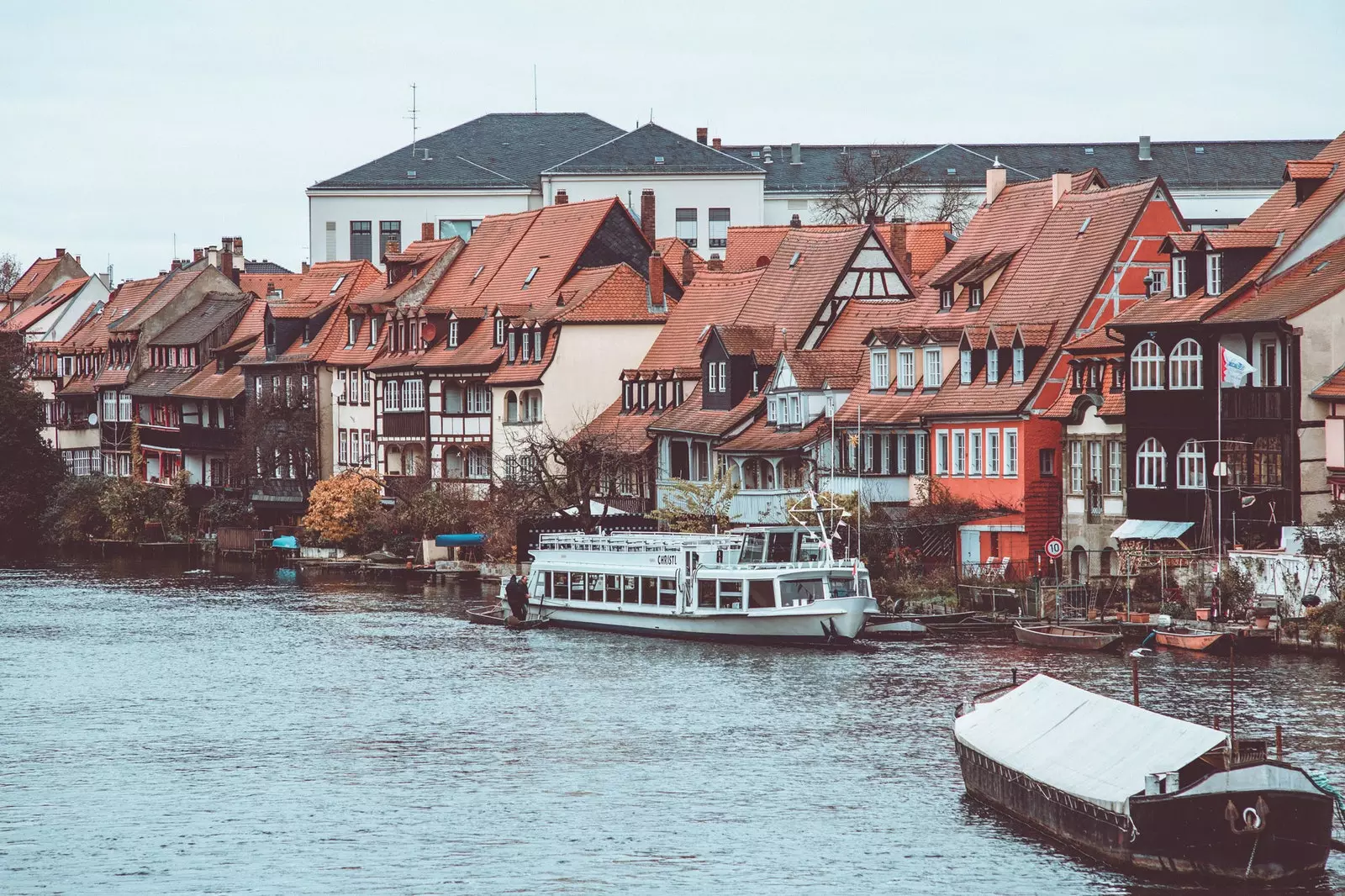
Am Kranen, Bamberg
However, the charm of Bamberg is felt when walking through its medieval streets. Facing Regnitz, wooden houses painted in colors that some say are reminiscent of Venice rise up: with small boats tied to its small piers, small gardens and elegant balconies, the temptation to take a look at the nearest real estate agency will not wait long.
To enjoy good views of the city and the Michaelsberg hill, we approach the New Residence , which until 1802 served as the seat of the Prince Bishops of Bamberg. In addition to its Imperial Hall, painted by Melchior Steidl, the Old Gallery and the Baroque Gallery, you must visit the resplendent Rose Garden, in which around 4,500 flowers bloom each summer.
To capture the real spirit of Bamberg beyond its most touristy places, We're going shopping. And we approached for it until the Kaufhaus Schrill, a complex of quirky local shops in which the vintage, the avant-garde and the unsuspected go hand in hand with the maximum expression of street art. A unique and curious place that cannot be missed.
And since we are, we also stop at Triebel Jewellery: next to the Old Bridge, in the premises with a blue facade, the most authentic goldsmiths and international firms come together to shape the most original jewels.
The end to this route, of course, with beer: Bamberg is not far behind and has approximately 9 factories dedicated to the quintessential German drink. To taste the most famous, Rauchbier smoked beer for which the city is so well known, we are going to Schelenkerla , one of its most historic breweries.
The ideal chin chin for this full-fledged Bavarian bathroom.
